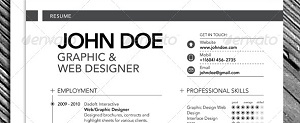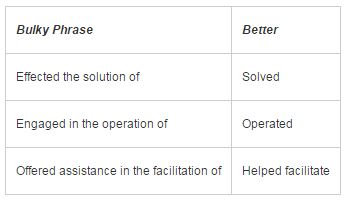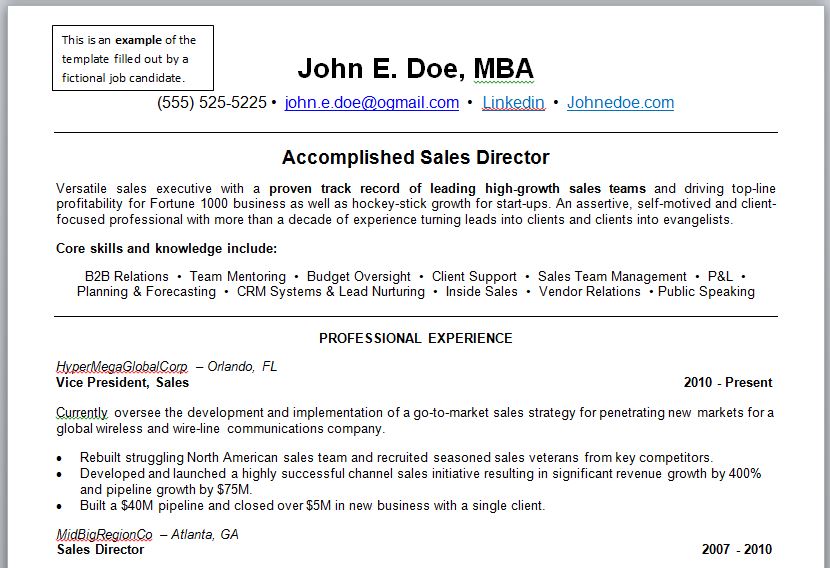 OK, we know you want your free resume template–so skip down to the bottom.
OK, we know you want your free resume template–so skip down to the bottom.
Then scroll back up for some helpful advice on optimizing your resume (using the free resume template, of course) for today’s job market.
[Update: Oops, we went down for a few hours. Don’t be mad.]
First, Don’t Lie (Even a Little)
It’s amazing how many people fudge their resumes. Unfortunately for them, most companies now require background checks as part of the hiring process.
Say you were a manager when you were really a specialist? Say you went to Harvard when it was more like Bunker Hill Community College? Employers will find out — if not now, eventually when you’re up for a big promotion.
Resume Trends v. Reality
The last few years have seen a surge in creative resume designs (yes, we just linked to BuzzFeed – shudder), which are eye-catching and great for design-related jobs. You can even cheat and buy templates.
But, despite their beauty and suited purpose (see below), designer resumes are pretty ineffective when applying for jobs online.
 Meet the Resume Robots . . .
Meet the Resume Robots . . .
According to screening firm HireRight, 144 people on average apply for any one job. No professional has time to read all those resumes, so companies rely on applicant tracking systems to help.
These “resume robots” score each resume based on:
- Identified Keywords
- Key Dates
- Job Titles
- Education
As a result, some 75% of resumes never even reach the hiring manager.
Resume robots can’t read PDFs, graphics, or complicated layouts and they don’t give points for being clever. So that trendy infographic resume will likely get trashed.
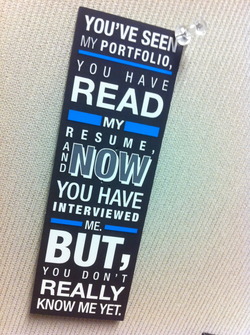 Save the Creativity for the Leave-Behind
Save the Creativity for the Leave-Behind
This isn’t to say your awesome “Facebook Timeline” resume should go to waste. It can be a great leave-behind or follow-up after your initial interview.
Some hipster ad agencies even prefer infographic resumes.
Now, to the nitty-gritty.
Resume Dos & Don’ts
Most of these tips are baked into our free resume template. Still, they’re good to know.
DO: Include Your LinkedIn Profile
Add a link to your LinkedIn profile (not the long URL!) in your contact information.
Don’t have a LinkedIn account?!? Go create one this instant.
ProTip: The hiring manager will dig up your LinkedIn whether or not it’s on your resume, so be sure it honestly matches your resume.
DO: Use Job Descriptions as Cheat Sheets
As you’ll see in our free resume template, you must include “keywords” throughout your resume–especially at the top, as both people and robots give more weight to what appears first.
Here’s great advice for finding the right keywords, starting with the “required/minimum” and “preferred” qualifications of the job or of the one “next level up.”
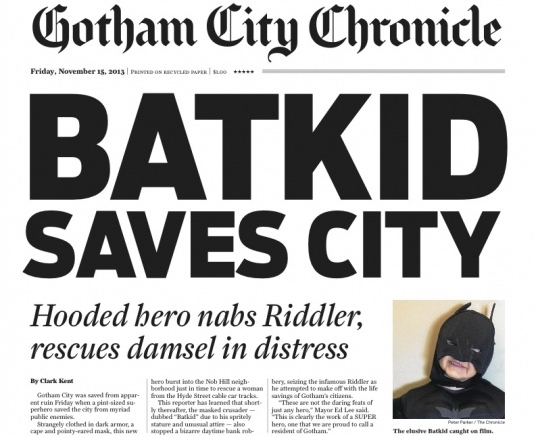 DO: Use a Headline & Keyword-Heavy Brand Statement
DO: Use a Headline & Keyword-Heavy Brand Statement
Like we said, people and robots give more weight to what’s at the top of your resume. Use this area to say something important about yourself.
If appropriate, include the title of the job for which you are applying as part of your headline.
And be sure to …
DO: Use Simple Sentences & Plain English
Seriously, there better not be one semicolon (“;”) anywhere on your resume unless you’re applying to be a classics professor.
Keep your sentences short and don’t worry about fragments. Here are examples of turning buzz-speak into plain English (from Resume Writing For Dummies).
DO: Include Clear Metrics & Specific Examples
Second in importance only to using targeted keywords is providing clear examples of what you did at each job. Focus on your achievements rather than job descriptions.
Be exact: Don’t just say you helped grow business. Provide numbers and specifics for a particular period.
You’ll find good examples of this in our free resume template.
DO: Make Use of Bullets & White Space
Nothing is more mentally deflating to a reader (of any piece of writing) than to see monotonous bricks of text.
Do your best to visually break up your resume with lists, bullets and white space.
DO: Thoroughly Check Spelling & Grammar
Duh. But you’ve already checked, right?
Well, check it again … and again … and then have a friend check it. Typos and grammar mistakes are among the top reasons resumes get rejected.
Now the don’ts … none of which you’ll find in our free resume template.
DON’T: Include Irrelevant Information
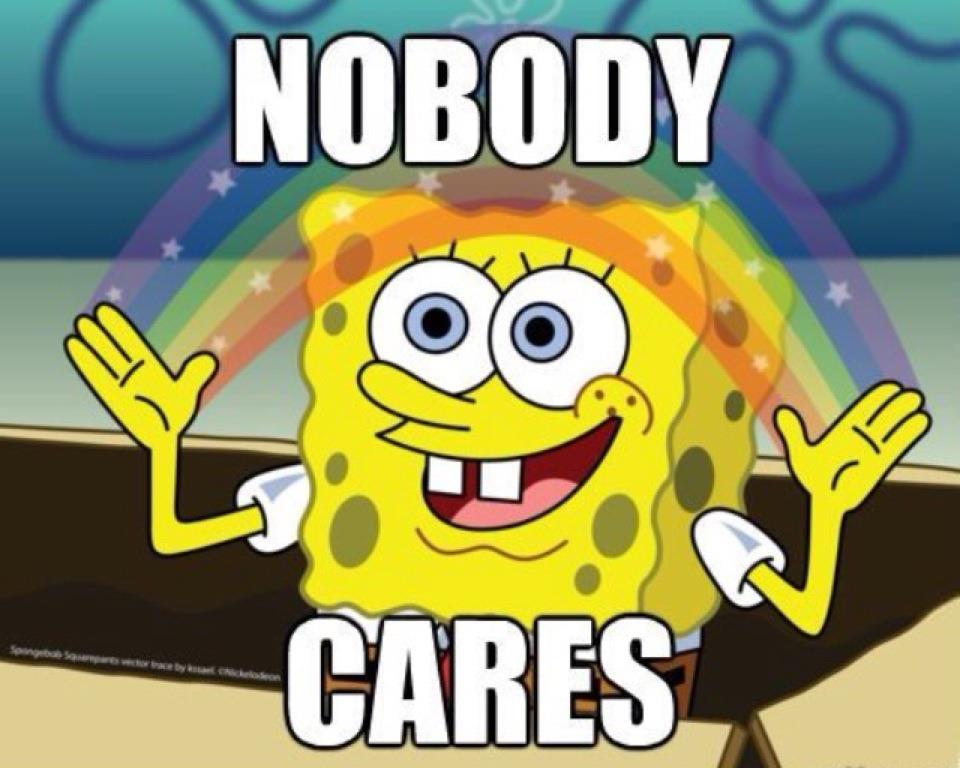 While your grandmother may love that you were a Boy Scout, KPMG doesn’t care.
While your grandmother may love that you were a Boy Scout, KPMG doesn’t care.
Keep personal hobbies and irrelevant jobs (unless you held an position that highlights specific skills) off your resume.
DON’T: Put Your Education First*
A hiring manager spends on average SIX WHOLE SECONDS looking at your resume. Front-load your expertise, not that you were Sigma Delta Tau at the local university.
*For recent grads, common advice says put your education first. We disagree. Professional credentials (CPA, MBA, etc.) should be in your brand statement. DON’T: Go Crazy with Formatting
DON’T: Go Crazy with Formatting
Resume robots cannot read header or footer text, tables, columns, logos, or pictures — so skip the formatting flare. Don’t make your margins any smaller than 0.5 inches, which is what our free resume template is set at.
A small touch of (one!) color is OK and even considered persuasive.
DON’T: Use Abbreviations or Acronyms
Resume robots have no idea that Mgr. is shorthand for “Manager” or that the BLS you worked for was the Bureau of Labor Statistics.
DON’T: Include “References Upon Request”
It wastes space. Of course you’ll provide references, right?
DON’T: Try To Cram It On One Page
Just as an overly long resume can nix your prospects, cramming 15 years of highlights onto one page is a non-starter. No one wants to try to read font smaller than 10 point. (Our free resume template is pre-set at 10-point Arial.)
If your resume goes over two pages, consider moving elements to your LinkedIn profile.
OK, without further ado …


